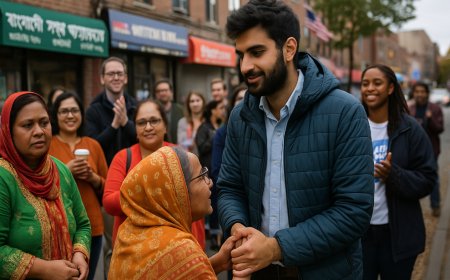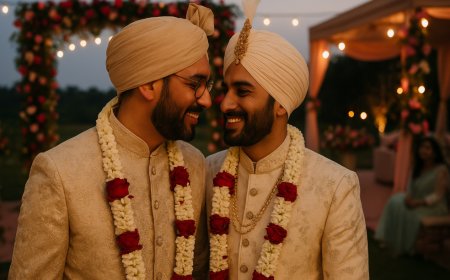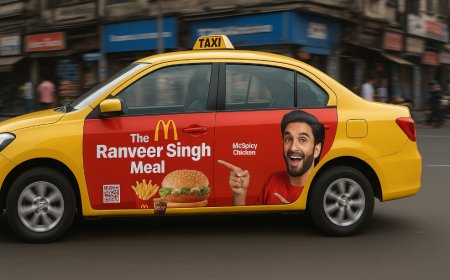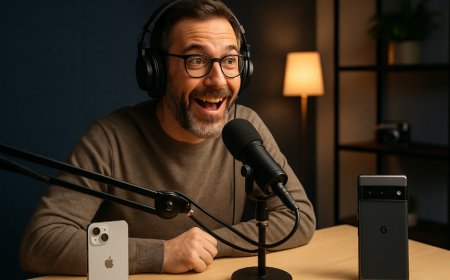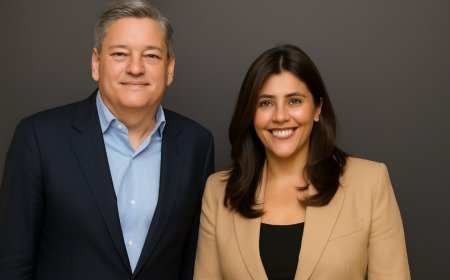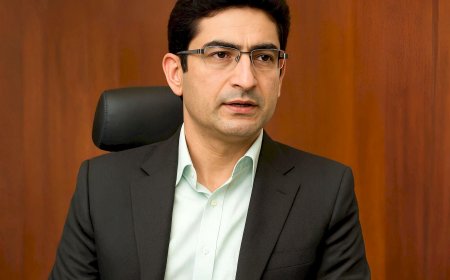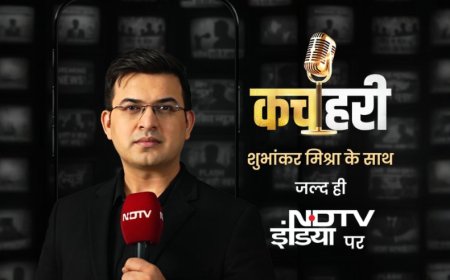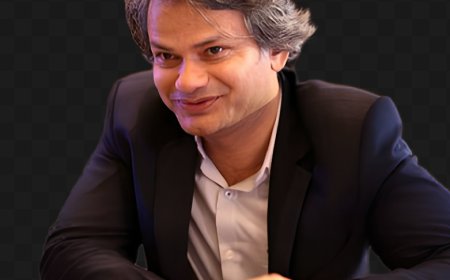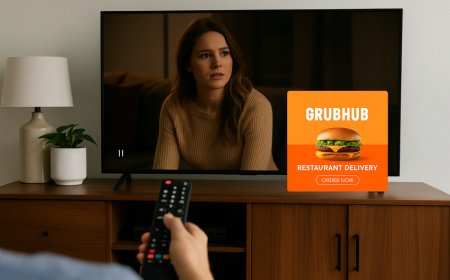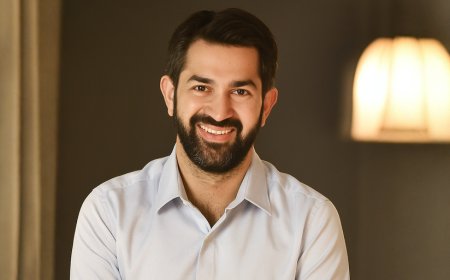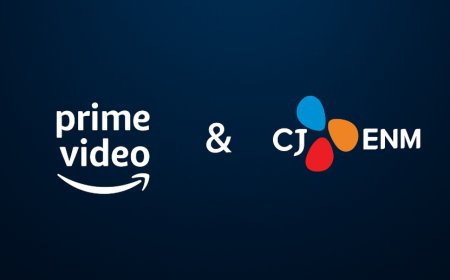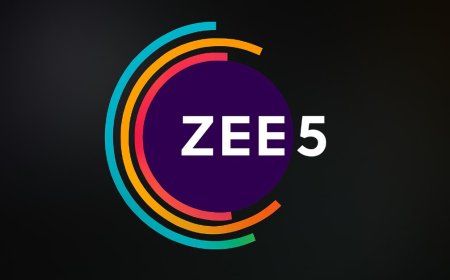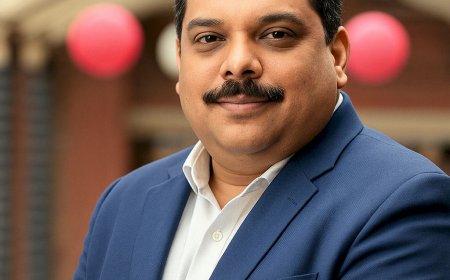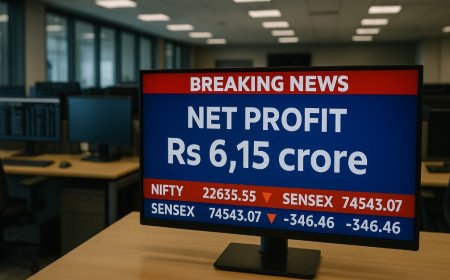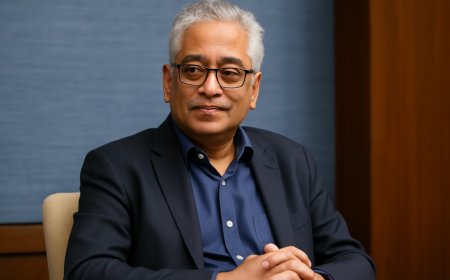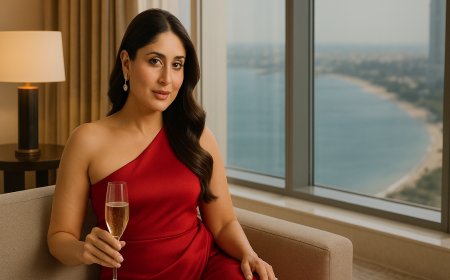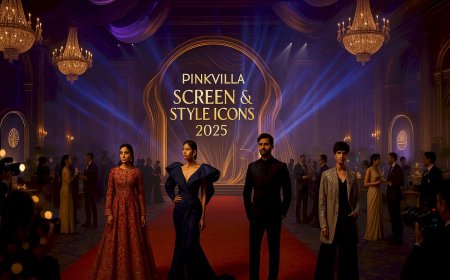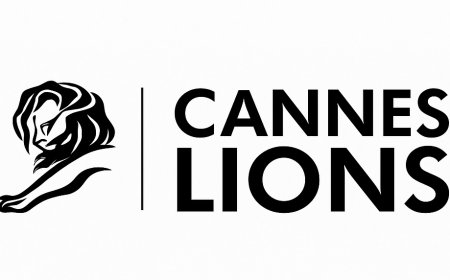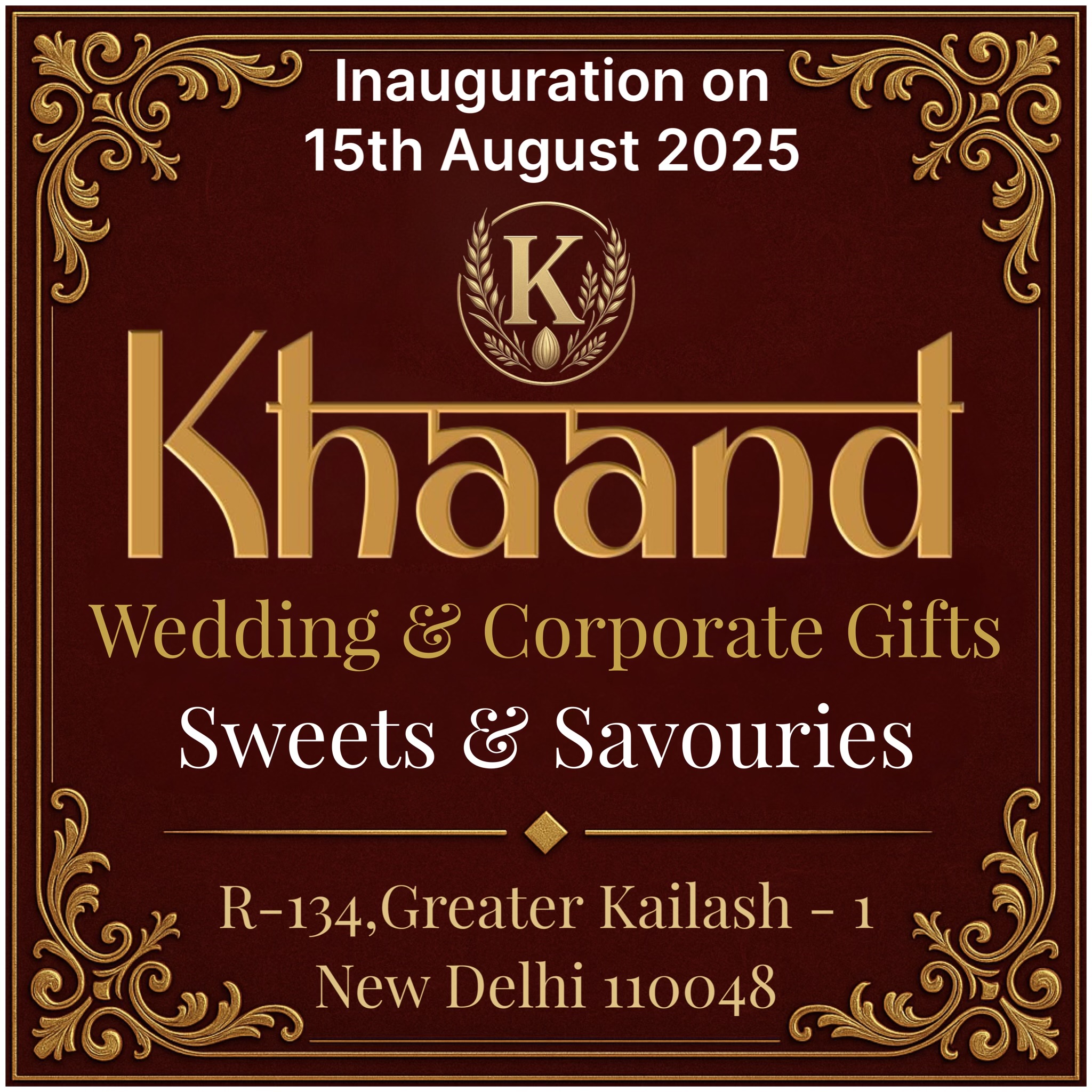How ‘Thanda Matlab Coca-Cola’ Became Iconic: Aamir Khan Credits Ashutosh Gowariker
Aamir Khan recently revealed that the legendary ‘Thanda Matlab Coca-Cola’ campaign was the brainchild of filmmaker Ashutosh Gowariker. Dive into how this slogan transformed advertising in India and left a legacy that still echoes in pop culture.
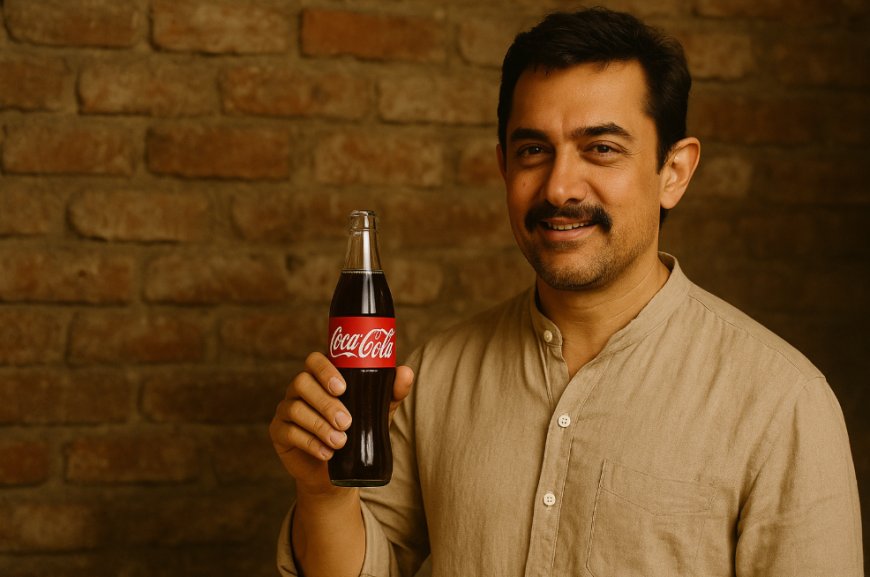
An Iconic Slogan — And the Story Behind It
In India, there are very few advertising taglines that have truly earned cult status. Among them, ‘Thanda Matlab Coca-Cola’ holds a place of its own. For those who grew up in the early 2000s, this simple yet powerful line became more than a soft drink slogan — it was a cultural catchphrase. Now, years later, Bollywood superstar Aamir Khan has revealed that this memorable tagline was the brainchild of none other than acclaimed filmmaker Ashutosh Gowariker.
It’s an unexpected connection for many. How did the director behind Lagaan and Swades become the creative spark for one of India’s most famous commercials? Let’s rewind and unpack how an iconic line, a superstar, and a visionary director came together to shape a brand story that’s still talked about decades later.
The India of the Early 2000s: A Market Ready for a Cool New Narrative
At the time, Coca-Cola was fighting an uphill battle to reclaim its position in India’s crowded beverage market. Rival brands were everywhere — from local sodas to global competitors. What Coca-Cola needed wasn’t just another TV spot — it needed a line that could speak to the Indian consumer in a language that felt rooted and real.
Enter Ashutosh Gowariker — who, after the massive success of Lagaan, was widely admired for his ability to connect with India’s rural heartland. His storytelling captured a side of India that felt authentic and relatable. And that’s exactly what Coca-Cola’s marketing team wanted: a slogan that would click in big cities and small towns alike.
Aamir Khan: The Perfect Face for a Desi Story
While the tagline was Gowariker’s idea, it was Aamir Khan’s charm and versatility that brought it to life on screen. Aamir didn’t just appear in these ads — he morphed into characters that felt like they were straight from a dusty village square or a bustling roadside dhaba.
In different ads under the ‘Thanda Matlab Coca-Cola’ umbrella, Aamir played quirky villagers, clever shopkeepers, and everyday characters who found ways to chill out with a Coke. His performances weren’t just funny; they were rooted in everyday scenarios that millions could see themselves in.
What Made ‘Thanda Matlab Coca-Cola’ Work?
Part of the genius of the line lay in its simplicity. ‘Thanda’ is an everyday Hindi word for ‘cold.’ But in small-town India, ‘thanda’ often means a chilled drink, no matter the brand. So when Coca-Cola claimed the word outright, it cleverly turned a generic descriptor into a brand synonym.
Suddenly, ordering any cold drink became synonymous with asking for a Coke — a subtle yet powerful shift in consumer language. And that’s the dream for any brand: to become the default word people use for your entire category.
Ashutosh Gowariker: A Director With a Marketing Mind
It’s no surprise that Ashutosh Gowariker came up with a line that simple yet sticky. His films have always showcased a knack for turning big ideas into relatable moments. From telling the underdog story of a village cricket match in Lagaan to sparking patriotic pride in Swades, Gowariker’s style is rooted in everyday people and real emotions.
Aamir Khan himself revealed in a recent conversation that the line ‘Thanda Matlab Coca-Cola’ came straight from Gowariker during brainstorming sessions. The story goes that while working on the concept for the ad film, the director suggested rooting the campaign in how people naturally talk — “thanda lene ja rahe hain” (going to have something cold) — and linking it directly with Coca-Cola.
That intuitive leap turned a simple word into a cultural imprint.
Advertising Then and Now: Why It Stands Out
Looking back, the ‘Thanda Matlab Coca-Cola’ campaign stands apart for how naturally it blended mass appeal with memorable storytelling. There was no celebrity showboating or over-the-top glamour. The ads felt like short films: slice-of-life moments, everyday humor, and a relatable star who never felt out of place in rural India.
Compare that to how celebrity endorsements often work today — many ads now feel generic, star-driven, and disconnected from the daily life of the average viewer. That’s why the Coca-Cola campaign still feels fresh in our collective memory. It wasn’t just selling a drink — it was selling an idea that felt familiar and proudly desi.
Behind the Scenes: Crafting Campaigns With Character
The ads were more than just a one-liner and a celebrity cameo. They were small stories. One famous spot showed Aamir Khan as a smart villager who outwits a local rascal by offering him a Coke. Another had him as a small-town Romeo trying to impress a girl by flaunting a chilled bottle of Coca-Cola. Each version reinforced the same core message: when you want ‘thanda,’ you mean Coca-Cola.
This narrative style gave the campaign legs — each ad felt like an episode in a larger world that audiences recognized and loved.
The Impact: Numbers, Nostalgia, and Cultural Memory
The success of the campaign was more than just viral buzz. Sales figures jumped, brand recall soared, and Coca-Cola firmly re-established itself in rural markets that had previously leaned towards local beverages.
But perhaps the bigger legacy is cultural. Even today, decades later, the line pops up in jokes, memes, and nostalgic conversations about the golden age of Indian ads. A whole generation remembers Aamir’s characters and Gowariker’s storytelling style as an example of advertising that didn’t feel like advertising at all.
The Aamir-Gowariker Connection: More Than Just Ads
Aamir Khan and Ashutosh Gowariker have a history that goes beyond this campaign. Their collaboration on Lagaan is legendary — an Oscar-nominated period drama that proved Indian cinema could tell big, bold stories that resonated worldwide.
In many ways, the Coca-Cola campaign feels like an extension of their creative synergy. Both the film and the ads draw from India’s rural roots, highlight everyday heroes, and celebrate cleverness and optimism. The fact that the same creative minds brought both to life says a lot about the power of good storytelling — whether it’s a three-hour movie or a thirty-second commercial.
A Masterclass for Modern Marketers
So what can today’s brands learn from ‘Thanda Matlab Coca-Cola’?
-
Root Yourself in Everyday Language: Great slogans often come from words people already use. Instead of inventing something complicated, find the phrases people naturally say.
-
Tell Small Stories: Short ads can still have plot, character, and charm. A good narrative will stick longer than a celebrity’s face alone.
-
Play Local, Win Big: One reason this campaign clicked was its embrace of India’s small towns and regional language quirks. Even big brands win hearts when they speak locally.
-
Find Creative Collaborators Who Get It: Sometimes, the best ideas come from unexpected places. Ashutosh Gowariker wasn’t an ad professional first — he was a filmmaker. But his storytelling instinct turned out to be perfect for the brand.
Where Are They Now?
Aamir Khan continues to push boundaries in cinema, picking stories that challenge him and connect with audiences at a deeper level. Ashutosh Gowariker, meanwhile, remains known for his passion projects and period films that tell uniquely Indian stories with a universal heart.
While neither is actively churning out commercials today, their ‘Thanda Matlab Coca-Cola’ moment remains a timeless reminder that when art, language, and mass appeal meet, magic happens.
A Slogan That Still Lives On
It’s been nearly two decades since that first ad aired, but the line ‘Thanda Matlab Coca-Cola’ is still alive in everyday conversation. Few slogans have managed to do that — live on as cultural shorthand, outlasting changing trends and new generations.
What's Your Reaction?
 Like
0
Like
0
 Dislike
0
Dislike
0
 Love
0
Love
0
 Funny
0
Funny
0
 Angry
0
Angry
0
 Sad
0
Sad
0
 Wow
0
Wow
0



